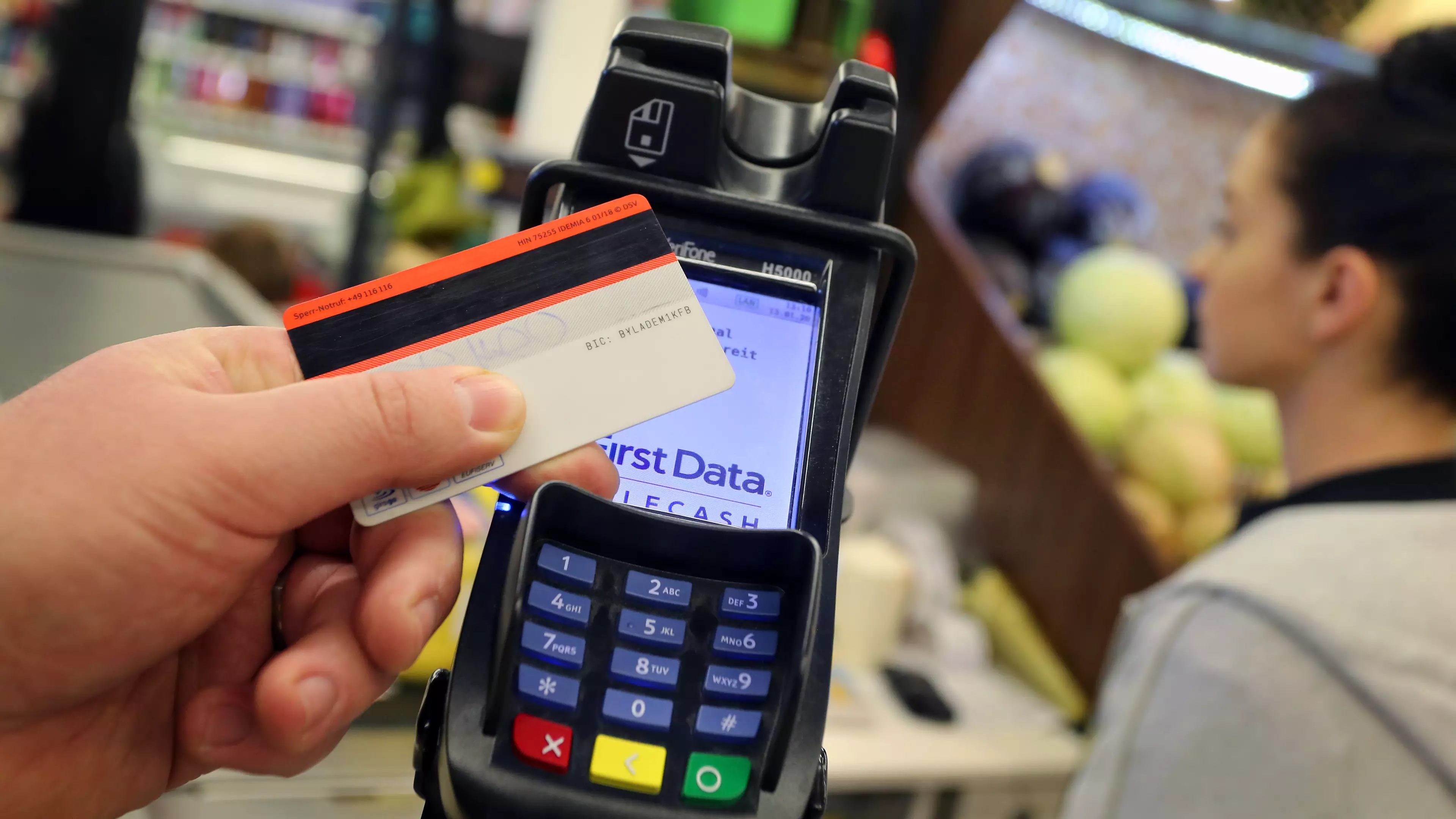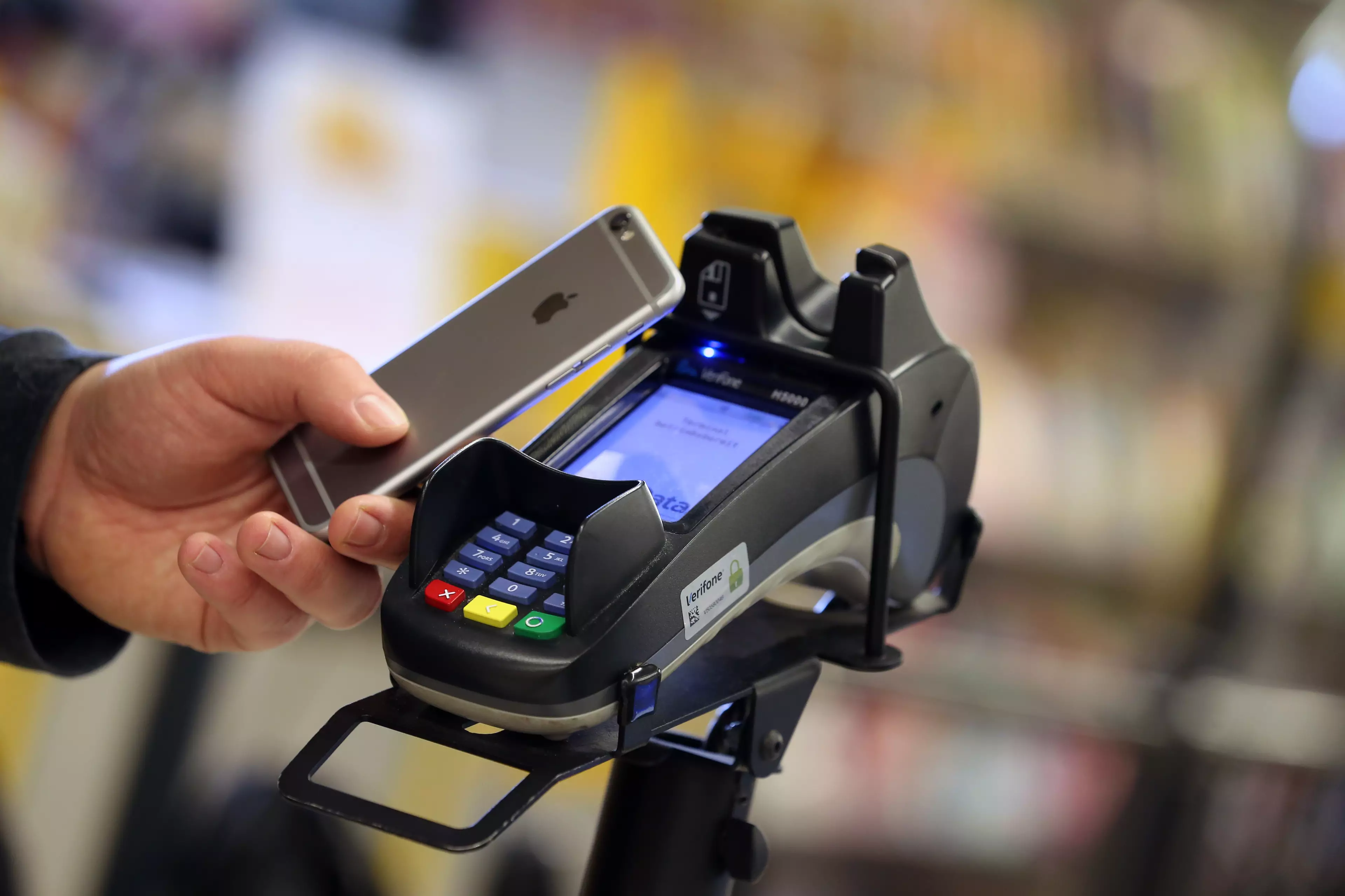
As the UK steps up efforts to stop the spread caused by the ongoing Covid-19 outbreak, next week will see the amount that can be paid by contactless payment increased from £30 up to £45.
That's because we need to decrease the amount of physical contact taking place between people, as per the recommendations.
So, as of next Wednesday - 1 April - many shops will allow customers to pay as much as £45 on their contactless cards, an increase of £15.
This will eventually apply to every shop in the country, but we might have to wait a bit longer for some places to adapt to the new rules as supermarkets and similar shops are currently operating at their maximum capacity.
In short, the idea is that if people are able to pay for stuff by just waving a card at the till, we can limit the amount of physical contact taking place in supermarkets and maintain the all-important two metres of social distancing between people.

The changes have been brought into effect by the British Retail Consortium (BRC) as of today.
The BRC's head of payments policy, Andre Cregan, said: "The last contactless limit increase to £30 took two years to implement but, given the extraordinary circumstances we face today, this new £45 limit will be rolled out from next week.
"Some shops will take longer to make the necessary changes, given the strain they're under. In the meantime, most customers can continue to make contactless payments for higher amounts using their smartphone."
Though it feels as if they've been around forever, contactless payments are still only a relatively new thing.
They were first brought in back in 2007, when customers started to be able to pay for as much as £10 worth of stuff by simply tapping their card - provided they had a compatible one - against a machine.

Futuristic though it felt back in those days, it has quickly become commonplace, with many people now carrying only a card rather than hard cash, or a virtual card on their phone.
Then, in September 2015, the limit was increased and shoppers were allowed to pay for as much as £30 - the limit until today - with a wave of their plastic card.
While the amount has been increased, the number of places that this will be possible has fallen drastically.
As of yesterday evening, Prime Minister Boris Johnson announced that all non-essential retailers are to close in order to reduce the spread of the novel coronavirus.
That comes after bars, restaurants and cafes were ordered to close on Friday.
Featured Image Credit: PATopics: World News, UK News